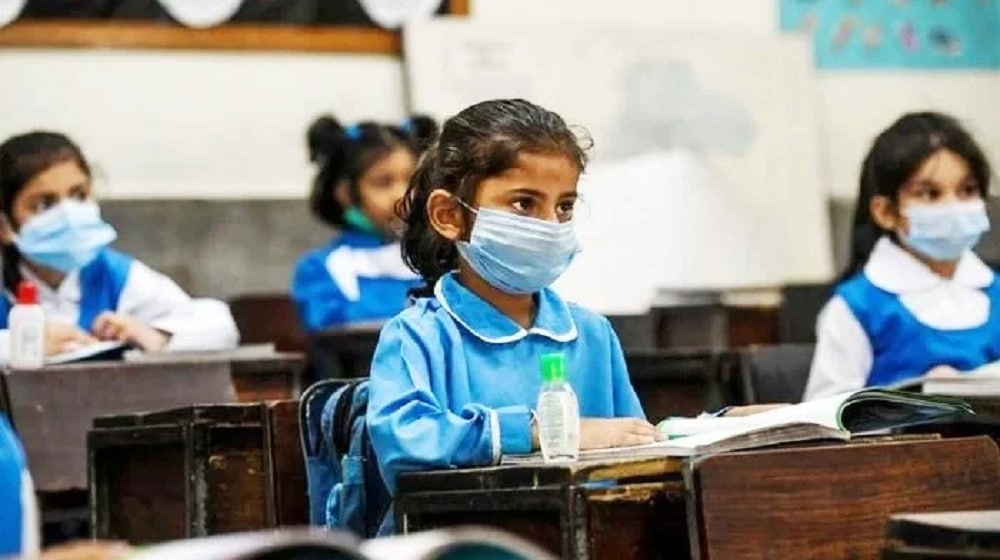
On International Literacy Day, Pakistan confronts a stark reality, one that deviates from the global celebration of literacy. The nation grapples with a literacy rate that falls short of international standards.
Waseem Ajmal Chaudhry, the Education Secretary, disclosed that Pakistan’s actual literacy rate currently stands at 59.3 percent, in contrast to the 62.8 percent figure reported in the Economic Survey for 2022-23.
Mr. Chaudhry clarified that the rate in the Economic Survey was merely an estimate, lacking the latest census data. Following the national census, the actual literacy rate was determined to be 59.3 percent. This suggests that the country’s literacy rate did not decline but instead displayed some improvement.
Additionally, Mr. Chaudhry highlighted that all provinces witnessed an increase in literacy rates. Punjab’s literacy rate rose from 66.1 percent to 66.3 percent, Sindh’s from 61.1 percent to 61.8 percent, Khyber Pakhtunkhwa (KP) from 52.4 percent to 55.1 percent, and Balochistan’s from 53.9 percent to 54.5 percent. This cumulative increase now places the nation’s actual literacy rate at 59.13 percent.
Nevertheless, the education sector in Pakistan grapples with minimal funding, a primary factor contributing to the stagnation in literacy rates. A federal government schoolteacher lamented that a 60 percent literacy rate remains unsatisfactory, leaving 40 percent of the population illiterate.
Pakistan allocates less than 2 percent of its GDP to education. According to the Economic Survey for 2022-23, the total education expenditure by federal and provincial governments in fiscal year 2022 amounted to a mere 1.7 percent of the GDP. The report also underscored that 32 percent of children were out of school, with a higher percentage of girls than boys deprived of education. Balochistan had the highest percentage of out-of-school children at 47 percent, followed by Sindh with 44 percent, KP with 32 percent, and Punjab with 24 percent.
Globally, Pakistan currently harbors the largest population of out-of-school children, surpassing 23 million youngsters who miss out on education. Furthermore, concerns persist regarding the quality of education, with surveys indicating that a significant number of fifth graders struggle to read sentences in both English and Urdu.
In higher education, the quality has also fallen short of expectations. Numerous Ph.D. holders have staged protests in Islamabad in recent years, demanding job opportunities in government universities.
As the nation observes International Literacy Day, voices within Pakistan’s education sector fervently call for a recalibration of priorities, underscoring the pressing need for increased funding and support. This collective effort aims to secure the nation’s future prosperity through education.
Also, see:
Asia Cup 2023 Super 4: Pakistan vs India to have a reserved day





